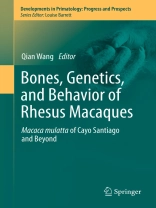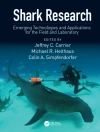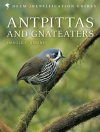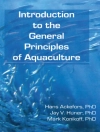Foreword by Phillip V. Tobias
The introduction of rhesus macaques to Cayo Santiago, Puerto Rico in 1938, and the subsequent development of the CPRC for biomedical research, continues its long history of stimulating studies in physical anthropology. The CPRC monkey colonies, and the precise demographic data on the derived skeletal collection in the Center’s Laboratory of Primate Morphology and Genetics (LPMG), provide rare opportunities for morphological, developmental, functional, genetic, and behavioral studies across the life span of rhesus macaques as a species, and as a primate model for humans. The book grows out of a symposium Wang is organizing for the 78th annual meeting of the American Association of Physical Anthropologists to be held in April 2009. This symposium will highlight recent and ongoing research in, or related to, physical anthropology, and reveal the numerous research opportunities that still exist at this unusual rhesus facility. Following an initial historical review of CPRC and its research activities, this book will emphasize recent and current researches on growth, function, genetics, pathology, aging, and behavior, and the impact of these researches on our understanding of rhesus and human morphology, development, genetics, and behavior. Fourteen researchers will present recent and current studies on morphology, genetics, and behavior, with relevance to primate and human growth, health, and evolution. The book will include not only papers presented in the symposium, but also papers from individuals who could not present their work at the meeting due to limitations in the maximum number (14) of permitted speakers.
Содержание
1. Physical Anthropology at the Caribbean Primate Research Center: Past, Present, and Future.- 2. Comparative quantitative genetic analysis of cranial capacity and craniofacial morphology in two closely related primate species.- 3. Developmental Origins of and Covariation between Metric and Nonmetric Cranial Traits.- 4.Fragile Spines on Cayo Santiago: bone mineral density, trabecular morphology and the potential for exploring the genetics of osteoporosis in rhesus monkeys.- 5. Genetic and social group influences on postcranial morphology in rhesus macaques of Cayo Santiago.- 6. Prenatal androgenization and dominance rank in female rhesus macaques: evidence from digit ratios (2D:4D).- 7. Ontogeny of Anatomical Mechanical Advantage of the biceps brachii Muscle in Macaques.- 8. Dental maturity and the ontogeny of sex-based differences in the dentofacial complex of rhesus macaques from Cayo Santiago.- 9. Female age of first reproduction at Cayo Santiago: Heritability and shared Environments.- 10. Costs of Reproduction among Rhesus Macaque Females on Cayo Santiago.- Variation over Time in Grooming Kin Bias among Cayo Santiago Rhesus Macaques Supports Time Constraints.- 12. Behavior and Social Dynamics of Rhesus Macaques on Cayo Santiago.- 13. Natural History of the Self.












